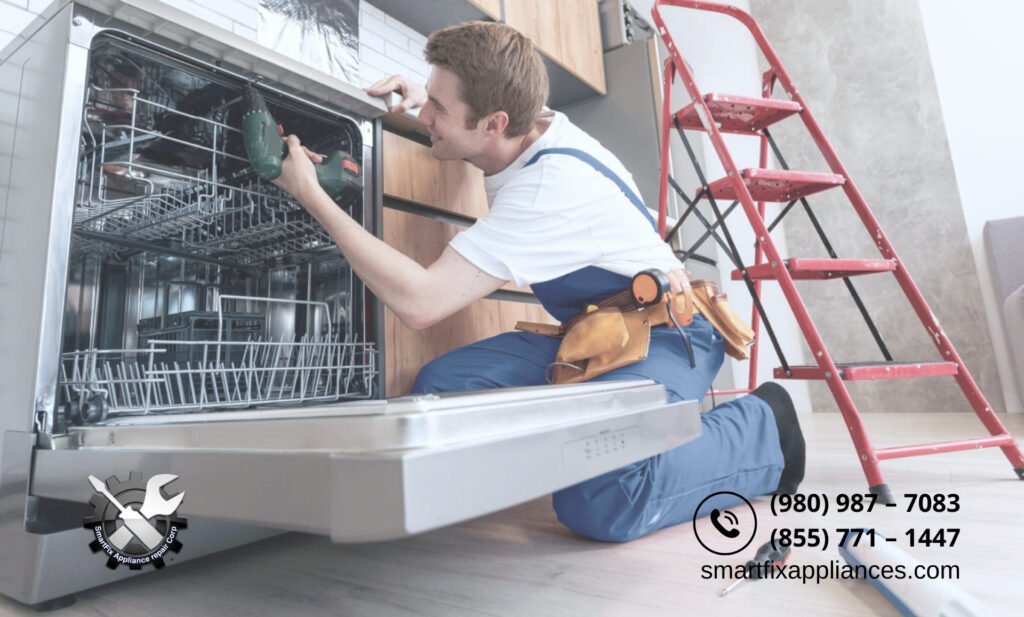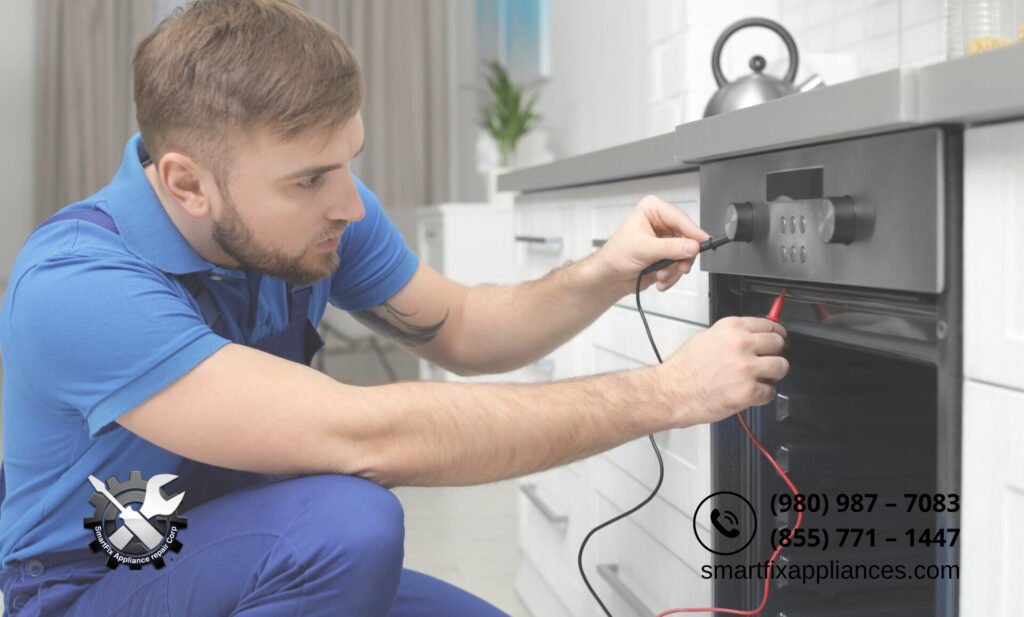When Should You Replace the Door Gasket on Your Refrigerator?
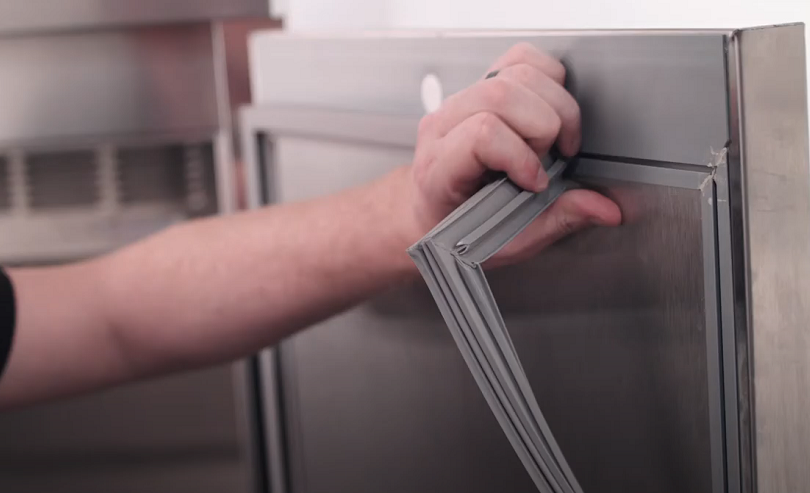
When it comes to keeping your refrigerator running smoothly, one often-overlooked hero is the door gasket. This flexible rubber seal lines the edge of your refrigerator door, creating a tight barrier between the chilly interior and the outside world. Its primary function is simple yet crucial: it prevents cold air from escaping while keeping warm air from sneaking in. Without a properly functioning gasket, your refrigerator has to work harder to maintain the right temperature, leading to higher energy bills and spoiled food.
Imagine opening your refrigerator to find your groceries warm or, worse, spoiled! This can happen if the door gasket isn’t doing its job. A good seal not only enhances energy efficiency but also plays a vital role in preserving the freshness of your food. So, let’s dive deeper into the importance of the door gasket and learn how to recognize when it’s time for a replacement. After all, a small investment in this unsung component can make a world of difference in your kitchen!
Signs Your Door Gasket Needs Replacement

Recognizing when your refrigerator’s door gasket needs replacement is essential for keeping your appliance efficient and your food fresh. Here are some key signs to watch for:
Visible Damage
Start by inspecting the gasket for any visible signs of wear and tear. Look for cracks, tears, or deformations along the edges. Even small damages can compromise the seal, allowing cold air to escape and warm air to enter. If you notice any noticeable deterioration, it’s a good indication that it’s time for a replacement.
Temperature Issues
Is your refrigerator struggling to keep things cool? Fluctuating temperatures inside the fridge can be a red flag. A faulty gasket allows cold air to escape, leading to inconsistent temperatures that can spoil your food. If you find yourself frequently adjusting the temperature settings or dealing with spoiled items, the door gasket might be the culprit.
Condensation and Frost Buildup
Keep an eye out for moisture accumulation inside your refrigerator or excessive frost buildup in the freezer. These issues often signal a failing door gasket. When the seal is compromised, warm, humid air can enter, causing condensation to form. Over time, this moisture can turn into frost, impacting the efficiency of your appliance and affecting your food storage.
Increased Energy Bills
Lastly, monitor your electricity costs. If you notice a spike in your energy bills, it could be linked to a defective door gasket. When the seal isn’t functioning properly, your refrigerator has to work overtime to maintain the desired temperature, consuming more energy in the process. Replacing the gasket can lead to significant savings in the long run.
By keeping an eye out for these signs, you can ensure that your refrigerator remains in top condition, saving you both energy and money while preserving your food’s freshness!
Testing Your Door Gasket
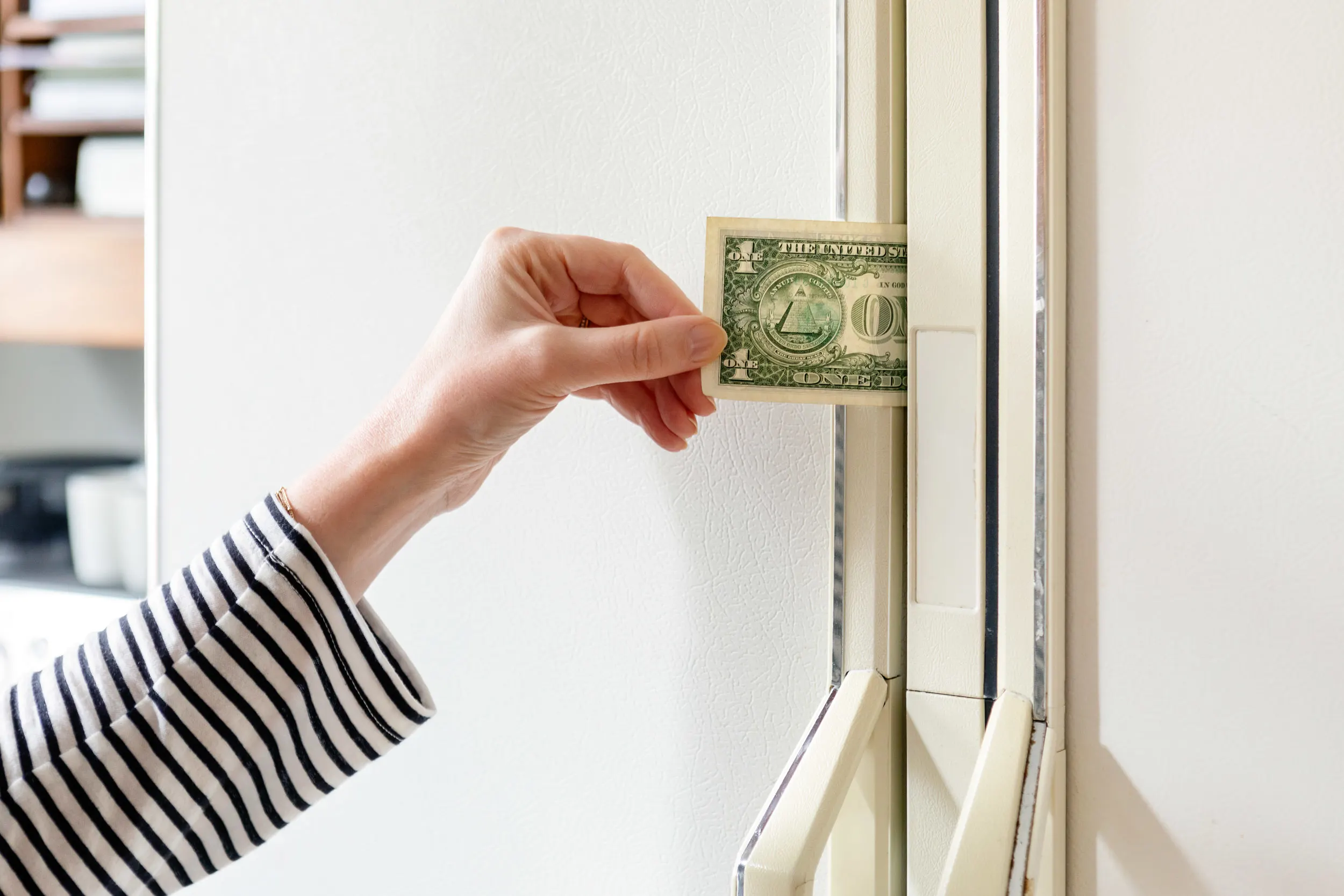
If you suspect that your refrigerator’s door gasket may need replacement, it’s important to test its effectiveness. Here are some simple methods to check if the gasket is sealing properly:
Simple Test Methods
The Dollar Bill Test:
- Prepare Your Test: Grab a dollar bill or a piece of paper that’s approximately the same size.
- Close the Door: Insert the bill into the door’s gasket area while the refrigerator door is closed.
- Pull the Bill: Try to pull the bill out. If it comes out easily, the gasket may not be sealing well.
- Check Different Spots: Repeat this test around the entire perimeter of the door. If you find several areas where the bill slips out too easily, it’s a clear sign that the gasket is compromised.
Visual Inspection:
- Look for Gaps: With the door closed, visually inspect the gasket for any visible gaps or unevenness. Ensure it’s making full contact with the refrigerator frame.
- Check for Wear: Look for any cracks, tears, or signs of mold or mildew, which can also indicate that it’s time for a replacement.
When to Seek Professional Help
While the above methods can help you identify potential issues, there are times when it’s best to consult a professional. Here are a few scenarios to consider:
- Persistent Problems: If you consistently notice temperature fluctuations or condensation issues, despite a seemingly intact gasket, a professional evaluation can help identify underlying problems.
- Complex Repairs: If your refrigerator is experiencing multiple issues or if the gasket is difficult to access, an appliance repair expert can provide the assistance needed to ensure a thorough and safe repair.
- Safety Concerns: If you suspect electrical issues, gas leaks, or other safety hazards associated with your appliance, don’t hesitate to call a professional for immediate help.
By regularly testing your door gasket and knowing when to seek expert advice, you can ensure your refrigerator operates efficiently and prolong its lifespan!
Benefits of Replacing a Worn Gasket

Replacing a worn door gasket may seem like a small task, but it can have a significant impact on your refrigerator’s performance and your overall kitchen experience. Here are some key benefits of ensuring your gasket is in top shape:
Improved Energy Efficiency
A new door gasket creates a tight seal, preventing cold air from escaping and warm air from seeping in. This not only helps your refrigerator maintain the right temperature but also reduces energy consumption.
- Lower Utility Bills: With a properly functioning gasket, your refrigerator won’t have to work as hard to keep things cool, leading to lower electricity costs over time. You might be surprised at how much you can save!
Better Food Preservation
The primary role of your refrigerator is to keep your food fresh, and a worn gasket can hinder that effort.
- Extended Freshness: When the door seal is compromised, temperatures can fluctuate, causing food to spoil faster. By replacing the gasket, you’ll ensure a consistent environment that helps extend the shelf life of your groceries.
- Less Waste: With better food preservation, you’ll find yourself throwing away less spoiled food, which is not only good for your wallet but also beneficial for the environment.
Enhanced Comfort
A well-functioning refrigerator contributes to a more pleasant kitchen environment.
- Consistent Temperature: With a reliable gasket, you’ll enjoy a consistent temperature throughout your fridge and freezer, which means no more cold spots or unexpected thawing.
- Quieter Operation: When your refrigerator operates efficiently, it can run more quietly, creating a more comfortable atmosphere in your kitchen.
By replacing a worn door gasket, you’re investing in energy efficiency, food preservation, and overall kitchen comfort. It’s a small change that can make a big difference!
Choosing the Right Replacement Gasket
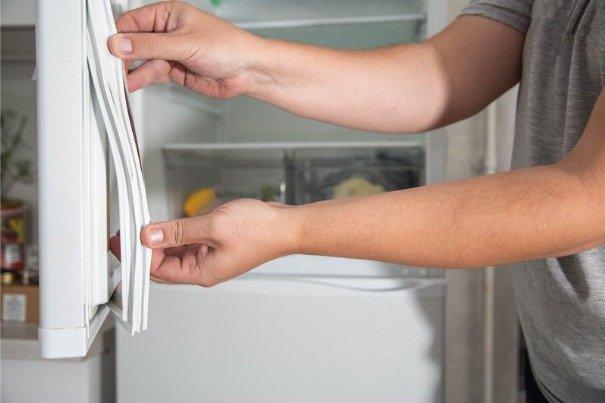
When it comes time to replace your refrigerator’s door gasket, selecting the right one is crucial for optimal performance. Here are some key considerations to guide your choice:
Compatibility
Finding a gasket that fits your specific refrigerator model is essential.
- Model Specifications: Check your appliance’s manual or the manufacturer’s website for part numbers and compatibility details. Many retailers provide filters to help you search for gaskets by brand and model.
- Measuring the Gasket: If you can’t find the exact part, consider measuring the old gasket to ensure you select a compatible replacement. Accurate measurements will help you avoid costly mistakes.
Material Options
Door gaskets come in various materials, each with its advantages and disadvantages:
- Rubber: This is the most common material due to its flexibility and durability. It provides a good seal and is resistant to moisture, but may wear out over time, especially in extreme temperatures.
- Vinyl: A more affordable option, vinyl gaskets are less durable than rubber but can still be effective. They are often used in less expensive appliances.
- Silicone: Known for its excellent sealing properties, silicone gaskets can withstand a wider temperature range and are more resistant to wear and tear. However, they may come at a higher price point.
- Pros and Cons: Consider the trade-offs between cost, durability, and energy efficiency when selecting the material for your new gasket. A higher-quality gasket might have a higher initial cost but could save you money in energy bills over time.
DIY vs. Professional Replacement
Deciding whether to tackle the replacement yourself or hire a professional can depend on several factors:
- DIY Replacement: If you’re handy and enjoy DIY projects, replacing the gasket can be a straightforward task. Many replacement gaskets come with installation instructions, and online tutorials can provide guidance. Plus, doing it yourself can save you money!
- Professional Service: On the other hand, if you’re unsure about the process or if the gasket replacement requires specialized tools, consider hiring a professional. An expert can ensure the gasket is installed correctly, which can extend its lifespan and maximize energy efficiency. It also saves you time and effort!
Choosing the right replacement gasket doesn’t have to be overwhelming. By considering compatibility, material options, and whether to DIY or hire a professional, you’ll be well on your way to restoring your refrigerator’s efficiency!
How to Replace the Door Gasket
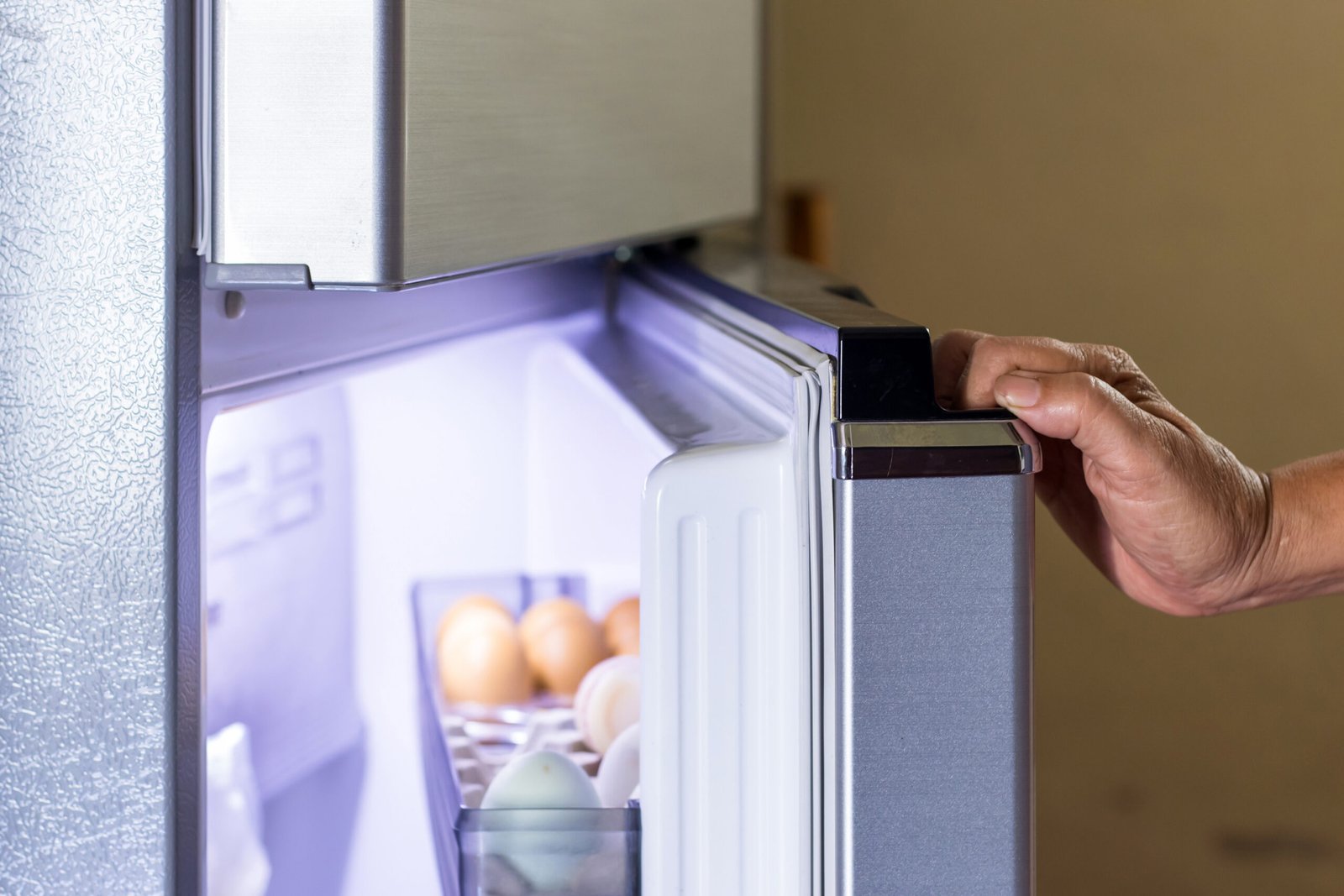
Replacing a refrigerator door gasket may sound daunting, but with the right tools and a clear step-by-step guide, you can tackle this task like a pro!
Step-by-Step Guide
What You’ll Need:
- New Door Gasket: Ensure it’s compatible with your refrigerator model.
- Screwdriver: A Phillips or flat-head screwdriver, depending on your appliance.
- Soft Cloth: For cleaning the surfaces around the door.
- Scissors (optional): For trimming if necessary.
- Safety Gloves: Protect your hands while working.
Replacement Steps:
- Unplug the Refrigerator: Safety first! Always disconnect the power before working on your appliance.
- Remove the Old Gasket: Gently pull the old gasket away from the door. If it’s stubborn, you may need to unscrew it from the door frame.
- Clean the Area: Use a soft cloth to wipe down the door frame, removing any dirt or debris that may prevent a proper seal with the new gasket.
- Position the New Gasket: Align the new gasket with the door frame, ensuring it fits snugly into place. If it has screws, start at one end and work your way around, tightening the screws as you go.
- Test the Seal: Close the refrigerator door and check the seal. Make sure it’s secure and there are no gaps. You can perform the dollar bill test by closing a dollar bill in the door. If you can pull it out easily, the seal may need adjustment.
- Plug the Refrigerator Back In: Reconnect the power and monitor the fridge for proper operation.
Maintenance Tips
- Regular Cleaning: Wipe the gasket with warm, soapy water regularly to prevent dirt and mold buildup.
- Inspect for Damage: Check the gasket periodically for any signs of wear or tears, especially around the edges.
- Avoid Extreme Temperatures: Keep the refrigerator away from heat sources to maintain the gasket’s integrity.
Keeping Your Refrigerator Running Smoothly
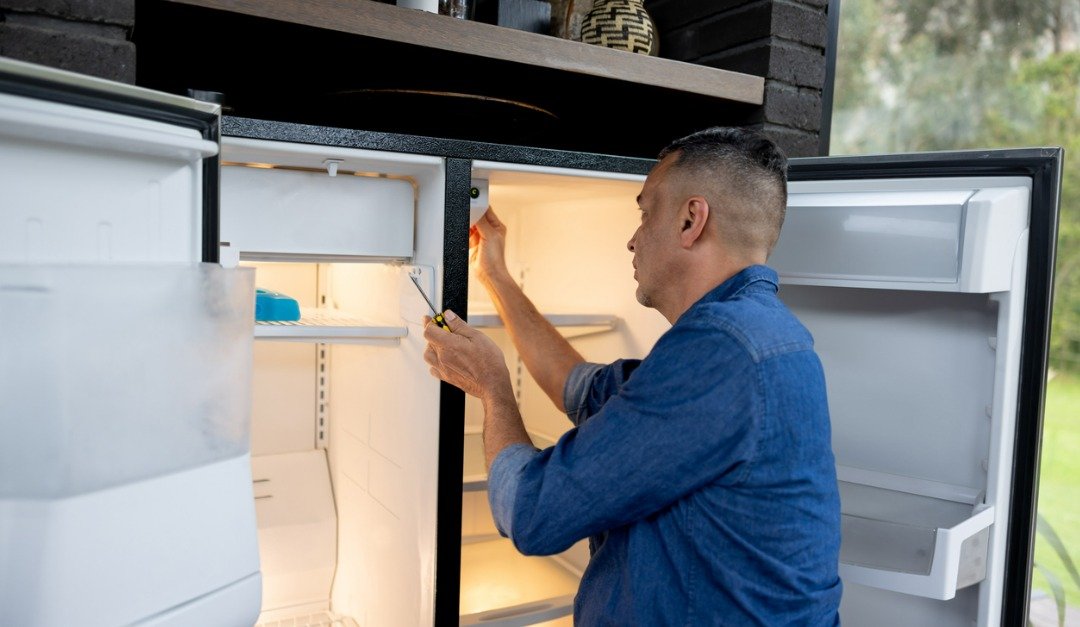
In summary, the door gasket is a crucial component of your refrigerator that plays a significant role in maintaining energy efficiency and ensuring your food stays fresh. By recognizing the signs of wear and knowing when to replace the gasket, you can prevent bigger issues down the line and save on energy costs.
Now is the perfect time to assess your refrigerator’s door gasket. If you notice any signs of wear or inefficiency, taking action can have a positive impact not just on your appliance’s performance but also on your household budget.
If you need assistance with repairs or maintenance, don’t hesitate to contact SmartFix! Our team of professionals is here to help ensure your refrigerator runs smoothly and efficiently, allowing you to enjoy peace of mind in your kitchen.
Do you want to know more or need a consultation?
Contact us and we will get back to you.
[arrow-down]


